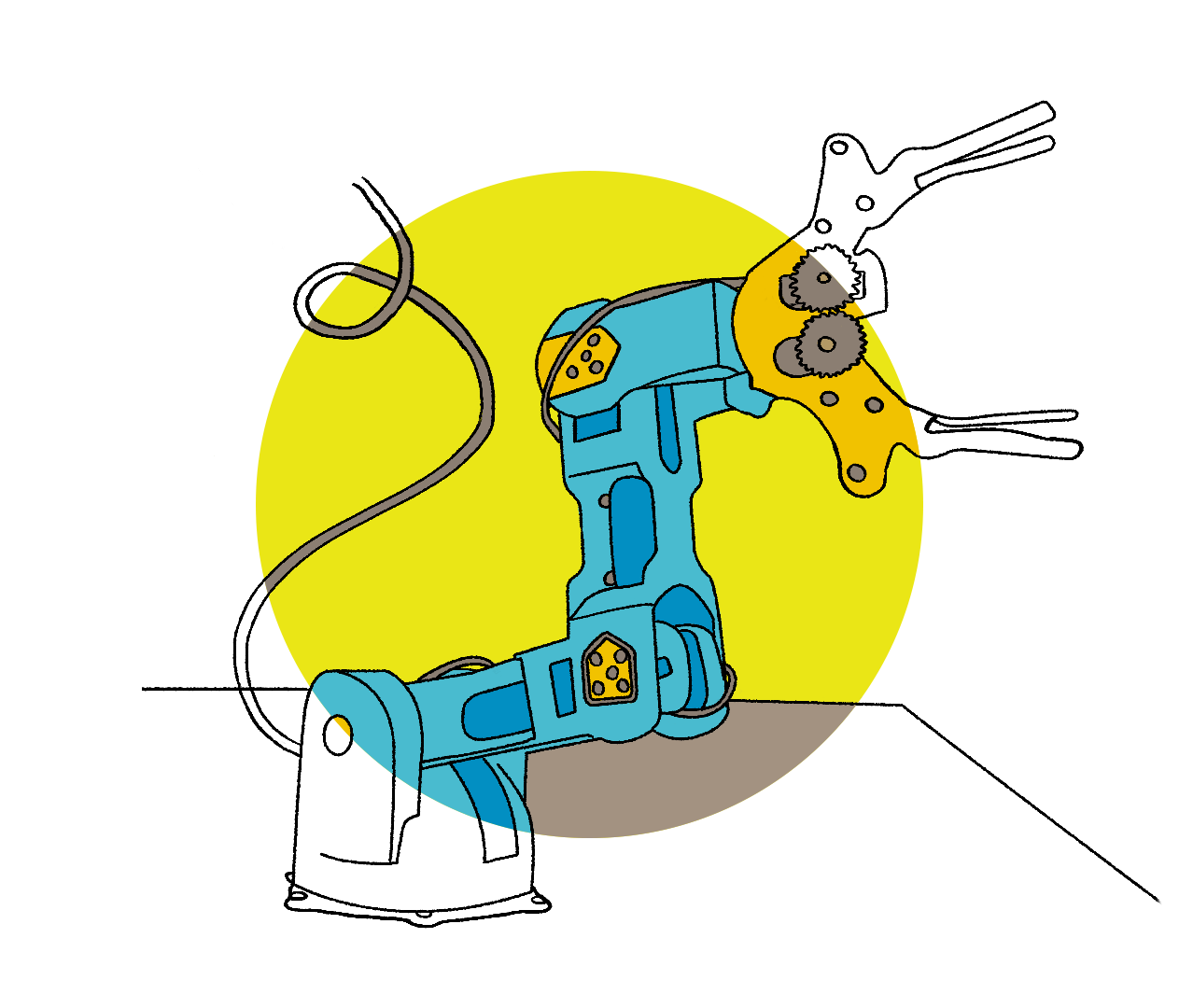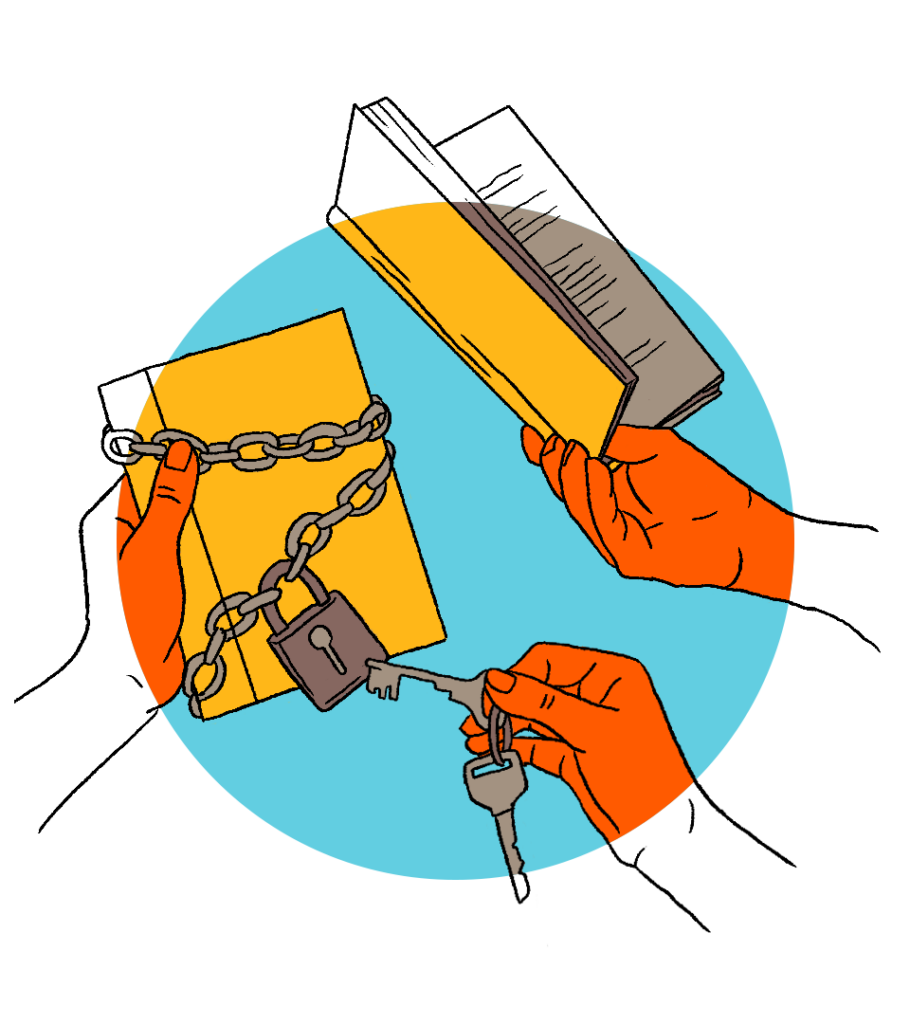A t-shirt producer with a truly circular supply chain demonstrates the power of technology in reimagining systems and creating companies that benefit us all.
Somewhere along the way, perhaps we forgot why we invented the idea of companies. The idea enables people to formally join forces and solve problems that cannot be solved alone. Profit is the concept that helps society reward the team for the solution. The bigger the problem, the bigger the prize for those products that improve the lives of other humans. It’s such a brilliant and simple idea. The name comes from its well meaning place: comme, pan: breaking bread together. It was never meant to be about disadvantaging others, or harming the environment, or our future.
Everybody knows something must have gone wrong to have led to this global disconnect between our economy and our environment. Perhaps what has been forgotten is that our society is dependent on both.
Even in a creative world like fashion, limiting beliefs now block people from even imagining progress. In our industry, some challenge fast fashion with the counterslogan ‘slow fashion’. Simple slogans are sticky, and it has stuck. And there is at least some truth in it: buying less would indeed slow it down, or buy us time.

But 60% of clothing is made out of plastic, with three out of five t-shirts bought today thrown away within 12 months. This means there’s a dump truck of textile waste going to landfill or incineration every second. Even if we halved all waste worldwide, the outcome would be one truck burned or buried every two seconds, instead of every one. Reduction is not an ambition or a goal, because it’s meaningless to aim for the same amount of pollution but in 10 years time instead of five. Instead of slow fashion, let’s change fashion.

At Teemill, we are a team of people that work together in a company to solve the massively harmful pollution in fashion, because we can’t do it alone. At the beginning we decided to make clothes from natural materials instead of plastic, using renewable energy instead of fossil fuels. When we tried to design sustainable products, we realised the organic cotton being thrown away at the end was the very same material used in the manufacturing of the product at the start. Hopefully you can see the solution jump off the page like we did. Simply bend that conveyor belt line around into a circle, then the waste feed is the raw material.

And because the material at the end is valuable to us back at the start, there is room to pay an economic reward to make recovery happen. Everyone is better off for keeping material flowing and in use.
What do you call a customer, if they are also your raw material supplier? What new name do you use for waste, if you make new products from it?
Doing it for real, though, was a serious challenge. Design so that a product is made to be remade back into itself requires much more effort. Because policy and regulation does not reward this and does not cost in pollution, the economy pushes back with increased localised cost at first, making the costs of design, the recovery incentives, reverse logistics and handling painfully expensive steps – all of which makes it feel like you are going the wrong way. But the basis – that waste saved is money saved – holds as true as true North. We committed to our destination when we set out, and we trusted the compass.
It is exciting watching material start to return. And from the other side of the bridge, there are some interesting dynamics to report back. There’s a new species of customer, for example. Except, what do you actually call a customer, if they are also your raw material supplier? What new name do you use for waste, if you make new products from it? How do you tell a story of a product, if there isn’t a beginning or an end? And did those people buy a product from us at all, or were they really renting it all along? When we start reaching the edges of vocabulary and need new words for things, we take it as a sign of progress.
What makes this progress possible, more than anything, is the conscientious application of technology. Clothing is generally mass produced speculatively – and around 40% of clothing manufactured is never even used. That is unacceptable. So we developed the automated hardware and software systems required to produce products in real time, in the seconds after they are ordered. Today we only print the t-shirts people need, when they need them.
The proceeds from these efficiencies fund advances in sustainability. Organic cotton costs more on paper per kilo, but it costs half that per item if you remake the t-shirt twice. Plastic-free packaging costs more, but robotic packaging systems make it competitive.

One brand cannot contain one of the world’s only working, scalable circular fashion systems. We built the Teemill platform to share it. Teemill enables anyone with an internet connection to start their own brand, build an online store, then create and sell their designs. Every product is designed to come back when worn out, so tomorrow’s brands are being built on a circular model from day one. Tens of thousands of them.
The most important use of technology in our business has been in building the digital infrastructure needed for the reverse logistics that turn worn out material back into new organic cotton yarn. We call it Remill. Fashion waste is a very high volume and very low value stream. It was important to us to design cleverly so that our materials flows are simple and pure to eliminate the cost of sorting, but even then the actual act of processing waste is a mountain of repetitive work for humans. It’s a shame that many companies balk at that and turn their back on their products after they’re sold, passing the pollution on to the public. We just looked at the issue – millions of tiny decisions that need to be made at the speed of light – and took the solution that was right in front of us (literally: you’re probably reading this on one). Use a computer.
It is reassuring that we can use tech to create change now, and within the current framework. It should be encouraging in a wider sense if it can be done in one of our more competitive industries. It can be done. So let’s do it.
Investing in or even buying a company is an opportunity to create meaningful change, as it buys, among other things, power to rest a guiding hand on the tiller. To those looking to do that well, to make money and a difference, it is tempting to simplify down to another three-word slogan, ‘social impact investing’. It’s not a bad slogan. But perhaps we could navigate more precisely with a simple question in lieu of a compass, and use this as a test to see if we are on track towards a better future: if it grows, will this company truly benefit life on earth? The stronger the answer, the stronger the company, and the stronger the value created – yes, in money, but with the best answers, in our society, in the environment and in our culture.
After all, to go full circle, this is why companies exist in the first place.








